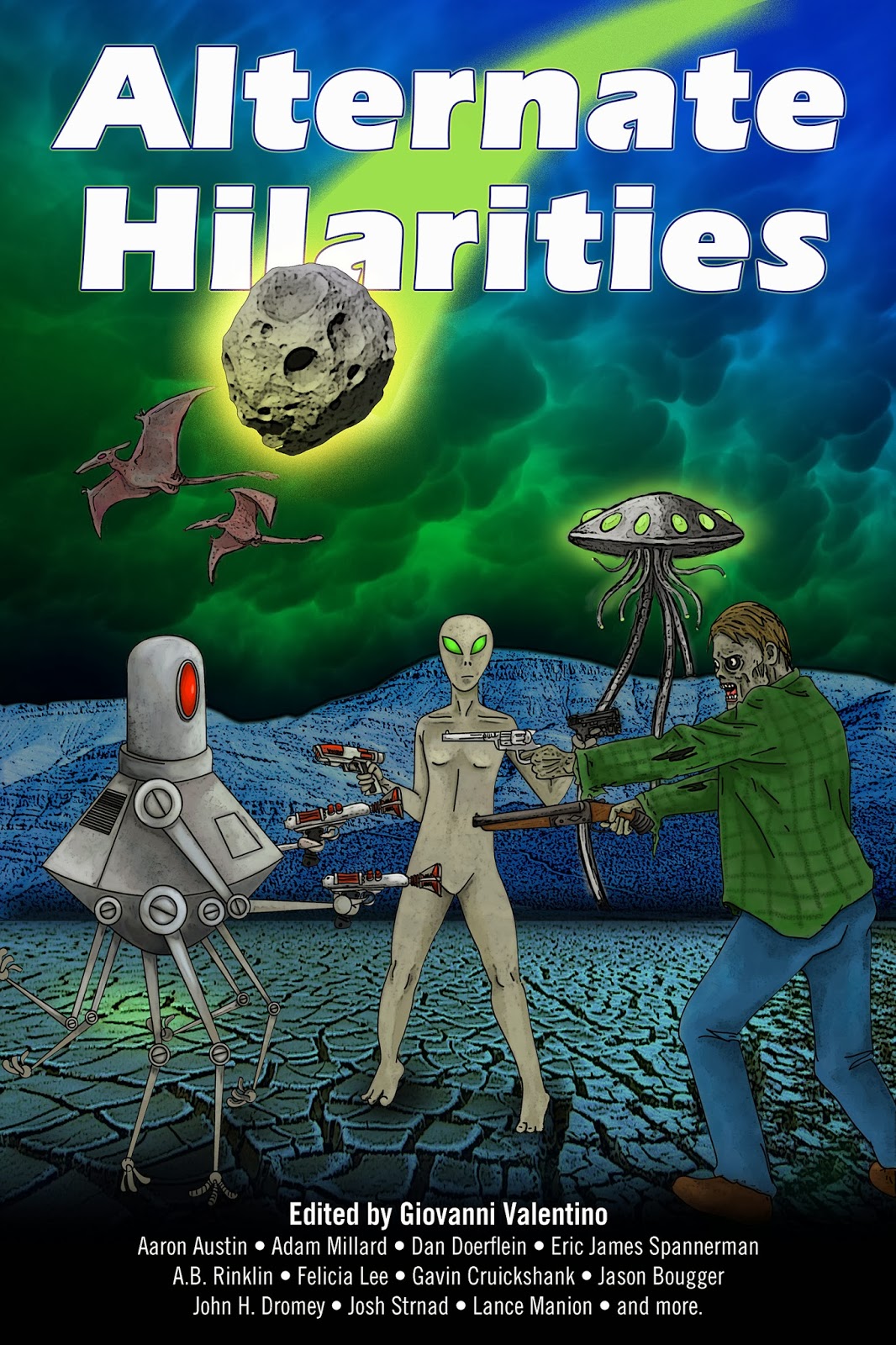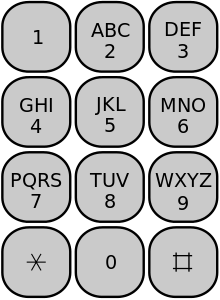Beginner writers sometimes fall into a common trap after finishing a piece. That trap is reading over a freshly-written piece once or twice, correcting any obvious mistakes, then sending it out into the world. As a result, editors and competition judges routinely receive work that is littered with careless mistakes. Most of them are not inclined to read beyond the first few errors.
By contrast, more experienced writers know that creating a satisfactory piece of writing is not something that can be rushed. Editing work is a very distinct process from writing it, and the mind therefore needs time to switch between the two.
As such, it’s essential to leave an interval between writing a piece and looking at it again with a critical eye. That means leaving your work in a drawer – either physical or virtual is fine – and returning to it at a later time.
In just about every piece I’ve written, the passage of time has alerted me to spelling and grammar errors, sentences that are too unwieldy, or plot points that aren’t clear to the reader.
But how long should you leave that work in a drawer? This is a question I’ve previously considered on this blog, but I’ve returned to the issue as I consider how much breathing space is necessary once I finish my current long-form piece.
In an entry from three years ago, I proposed a minimum period of one minute per word or at least 24 hours if the length was under 1,500 words . Three years is more than enough time to revisit that entry and to tweak the formula I proposed.
My new recommendation is to leave at least three minutes per word, or at least 72 hours if the word count is 1,440 or below. The slight adjustment from 1,500 to 1,440 is merely a pedantic tweak to reflect the number of minutes in one day.
If you don’t have the luxury of time, cut those figures to two minutes per word, or 48 hours for 1,440 words. And whatever deadline is absolutely looming, I still strongly recommend one minute per word or – you guessed it – 24 hours at the lower end.
This works out at between one and three days for most poetry and flash fiction, while a 20,000-word novella would be left between roughly two and four weeks.
When you open the drawer after that time, one of the best ways to spot mistakes is to read it out loud without an audience, as any blips are more difficult to ignore. It’s also a good idea to read it at different times of day, when you’re in different moods, and so forth, and see how you react to it then.
If you still have the time, there’s nothing wrong with leaving it aside again and coming back to it at an even later date.
With these blog entries, there often isn’t a lot of time as I want to publish by 6pm every Tuesday. But I always aim to make sure it’s typed up early, and I go back to iron out the inevitable mistakes.
After these periods of resting and editing, that’s the time to send your work out. Naturally, there is still no guarantee of success, but there is a higher likelihood that editors and competition judges will read more of the work you send them and take it more seriously.






